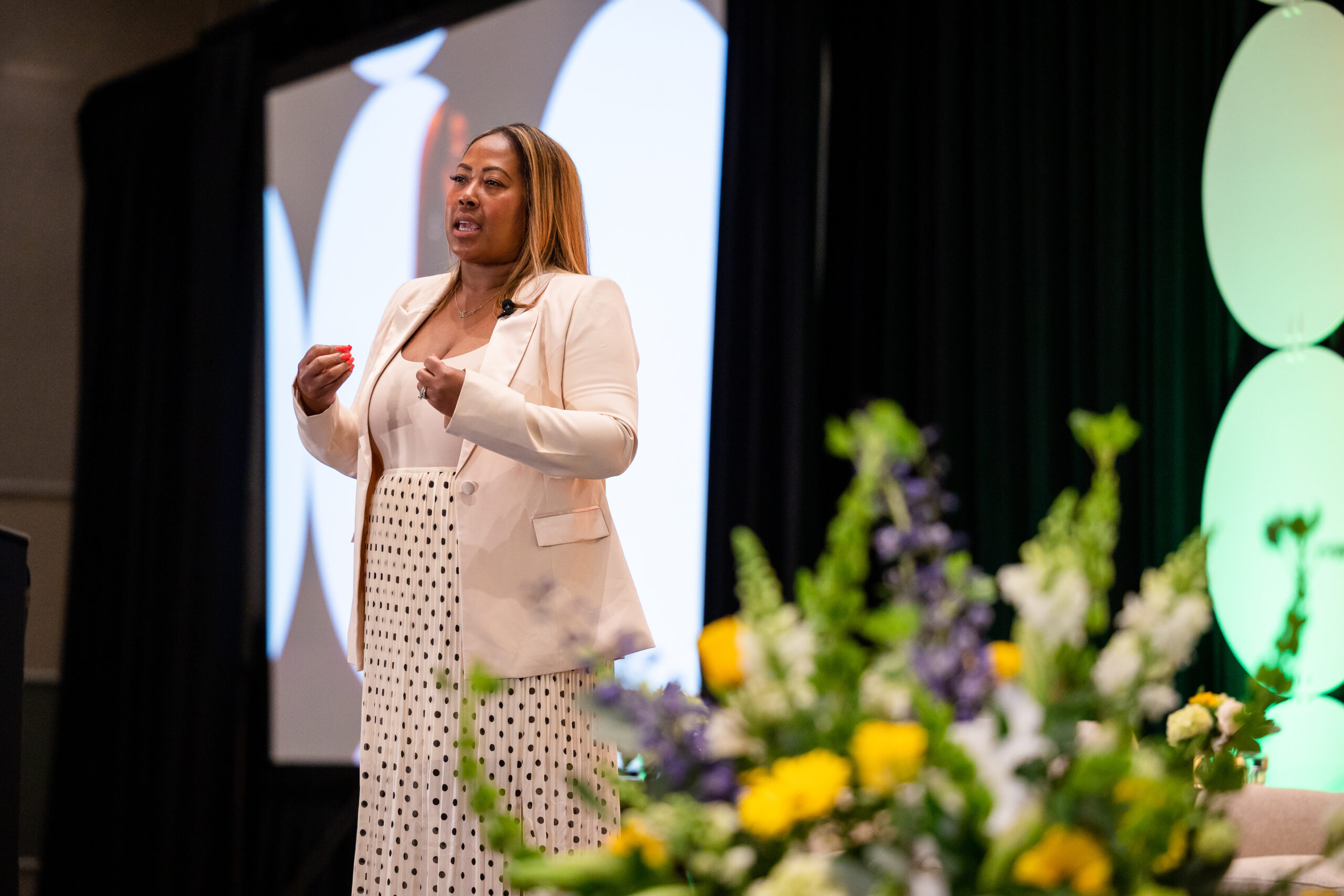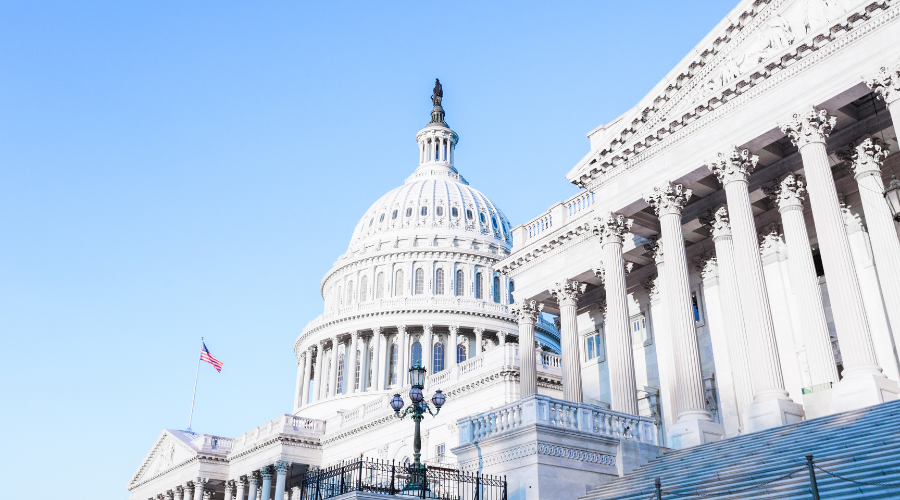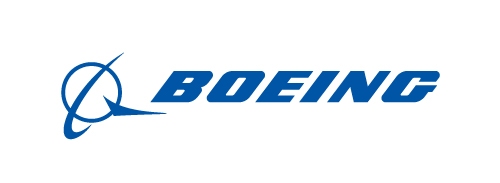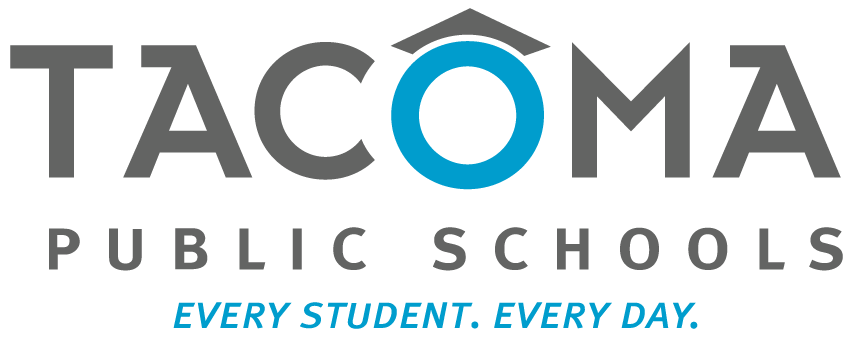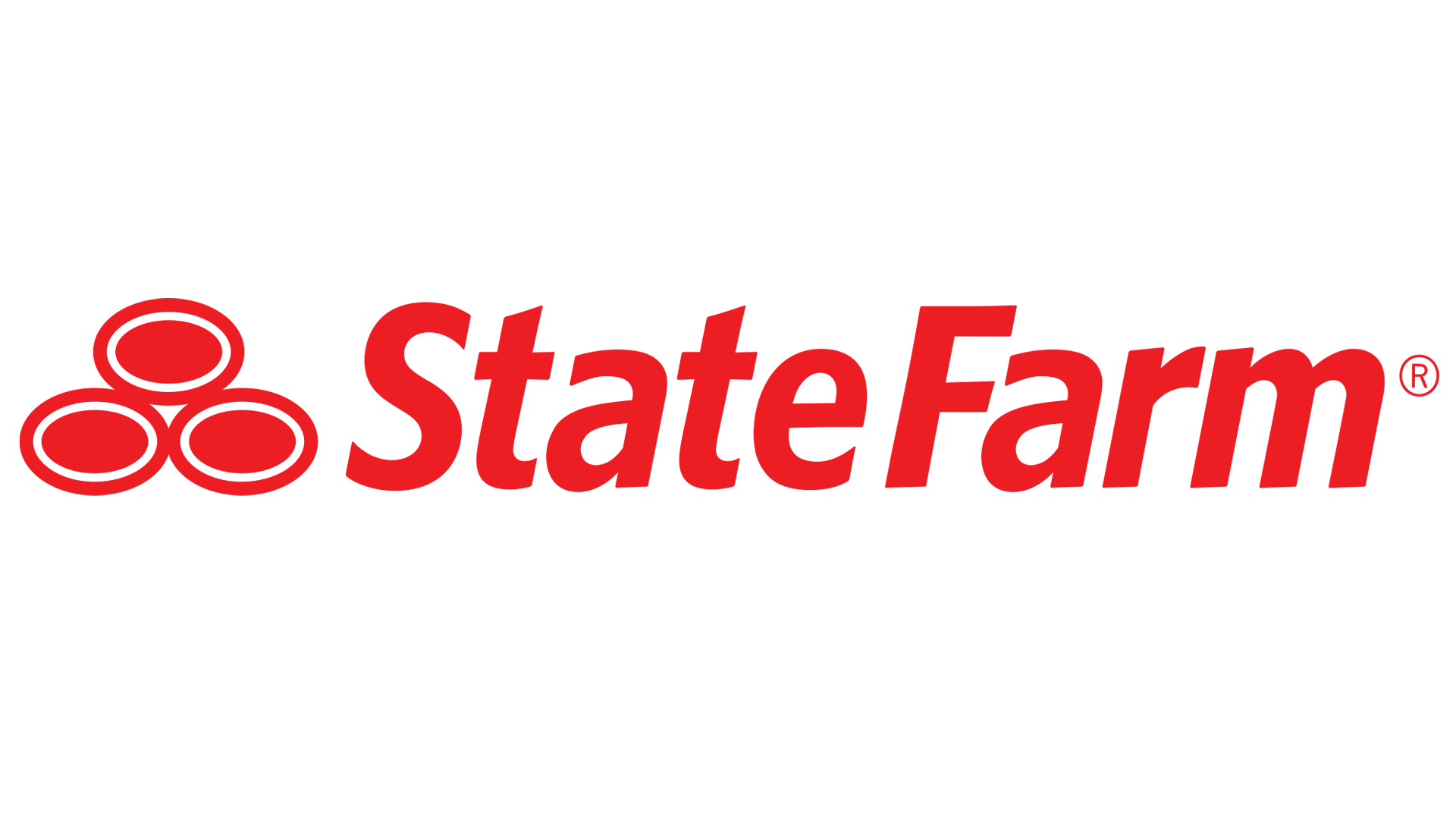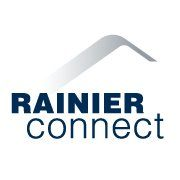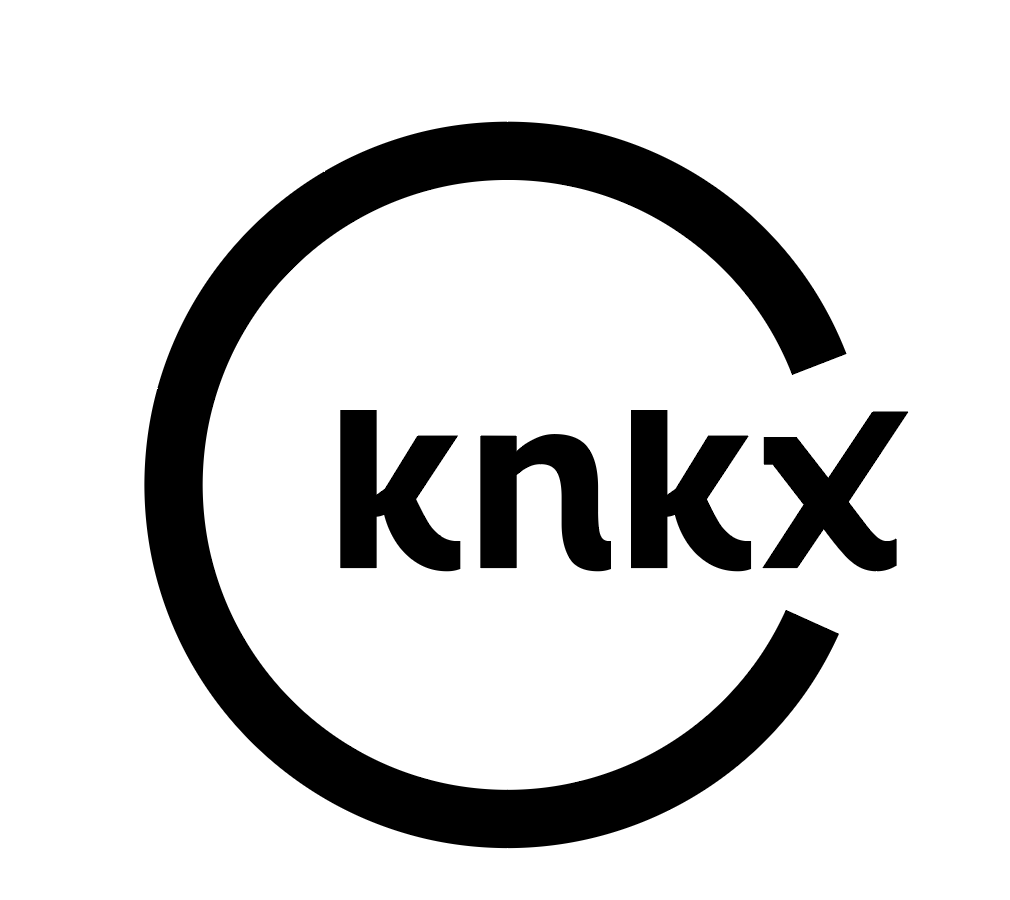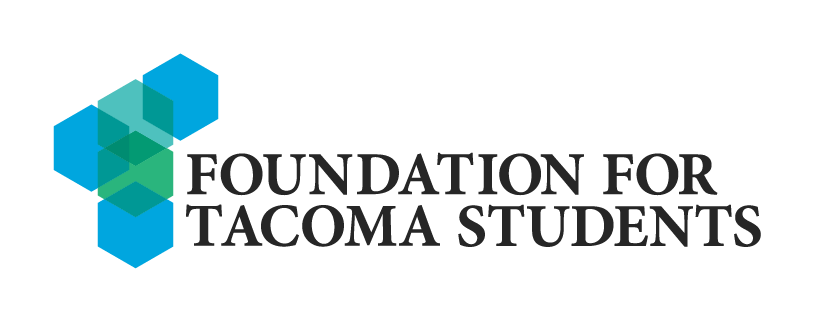
Empowering Voices, Shaping Futures
We are committed to fostering meaningful change through our advocacy initiatives, targeting critical policy issues across local, regional, and state spheres. Our focused drive towards impactful policy reform is key to unlocking a future of greater equity and opportunity.
Stay Informed, Stay Involved
Join our bi-weekly legislative debriefs to stay updated on the latest developments in education policy and advocacy opportunities during the 2024 legislative session.
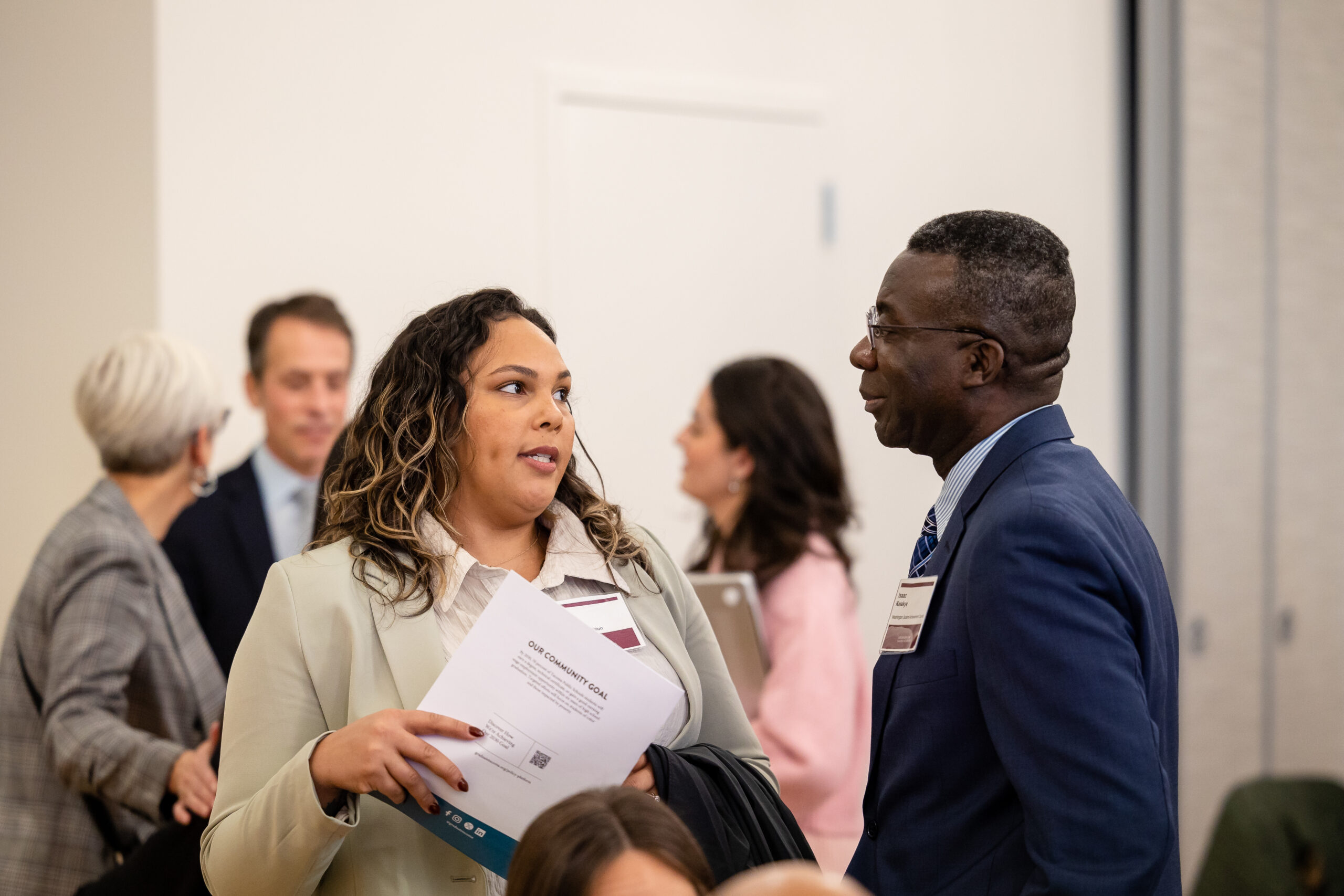
Our Impact
Automatic Enrollment: A Leap Forward in Access
Our community advocacy efforts led to a monumental policy shift for the College Bound Scholarship ensuring automatic enrollment for all eligible students, eliminating the previously required parent signature for enrollment. This impactful change now benefits over 10,000 students across Washington State, marking a significant stride in making higher education more accessible and inclusive.
Policy Plan: Elevating Financial Aid Accessibility
In 2024, we took a significant step by releasing a policy plan to improve FAFSA/WASFA completion rates and financial aid attainment in Washington State. Developed through insights from qualitative interviews and focus groups with stakeholders statewide, this plan offers organized, theme-based policy opportunities aimed at simplifying financial aid processes.
Partnership for Educational Progress in Pierce County
We have joined forces with the Washington Student Achievement Council as an Implementation Grantee. This collaboration is part of the Regional Challenge Grant cohort and focuses on developing cross-sector partnerships in Pierce County. Our collective efforts are geared towards increasing educational attainment in high school and beyond, a testament to our dedication to long-term educational success.
Aligning Strategies for Impact
A collective of Collaborative Action Networks, the Consortium brings together cradle-to-career serving organizations and community members for resource sharing, partnership, and strategy alignment. These efforts help impact laws and policy, inform funding opportunities, and ensure that decisions are made with those impacted in mind.

